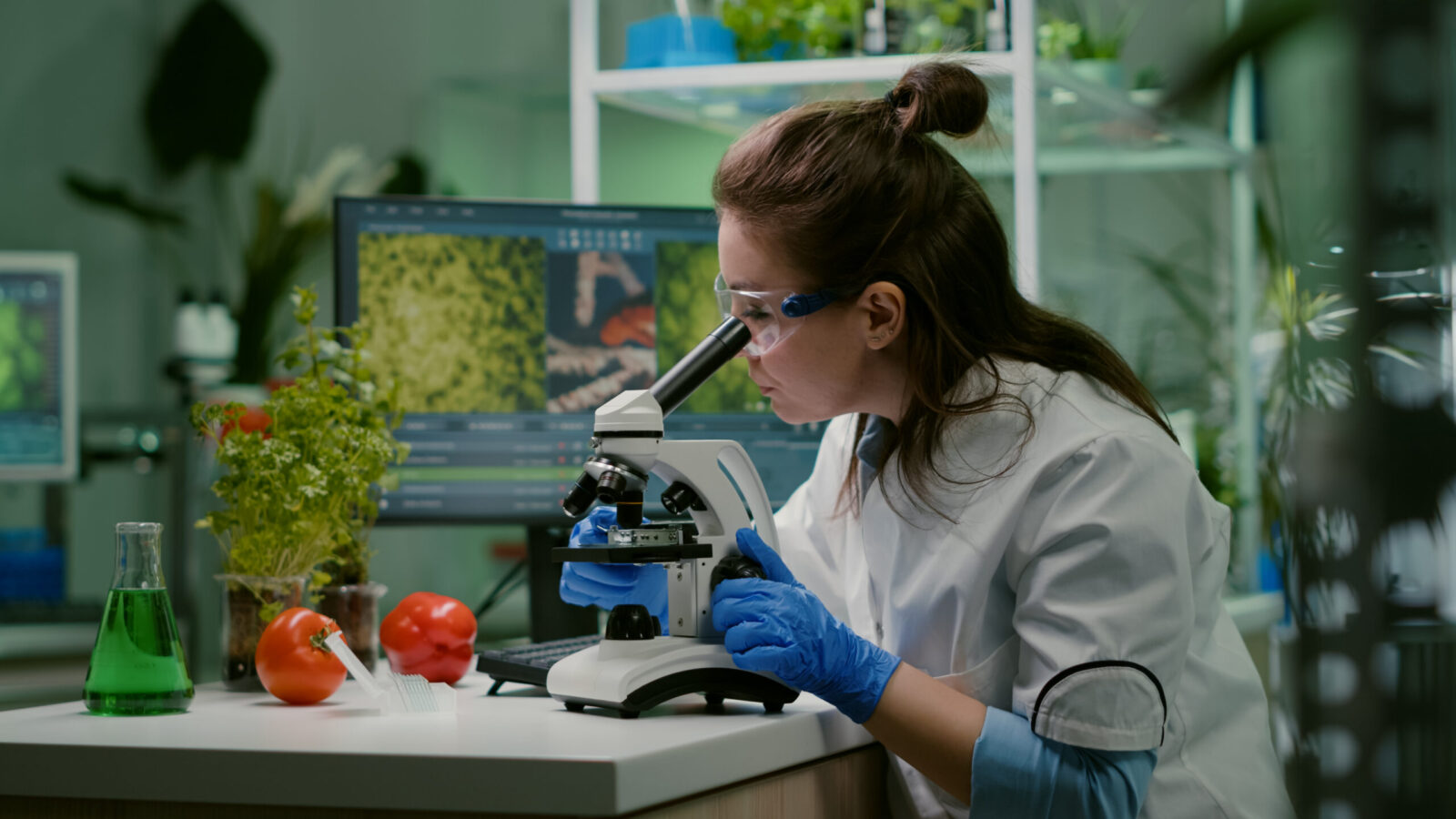
Food Safety Training: Steps to Develop an Effective Program
Introduction: Food safety is crucial in the food service sector, affecting public health, brand reputation, and corporate profitability. According to...
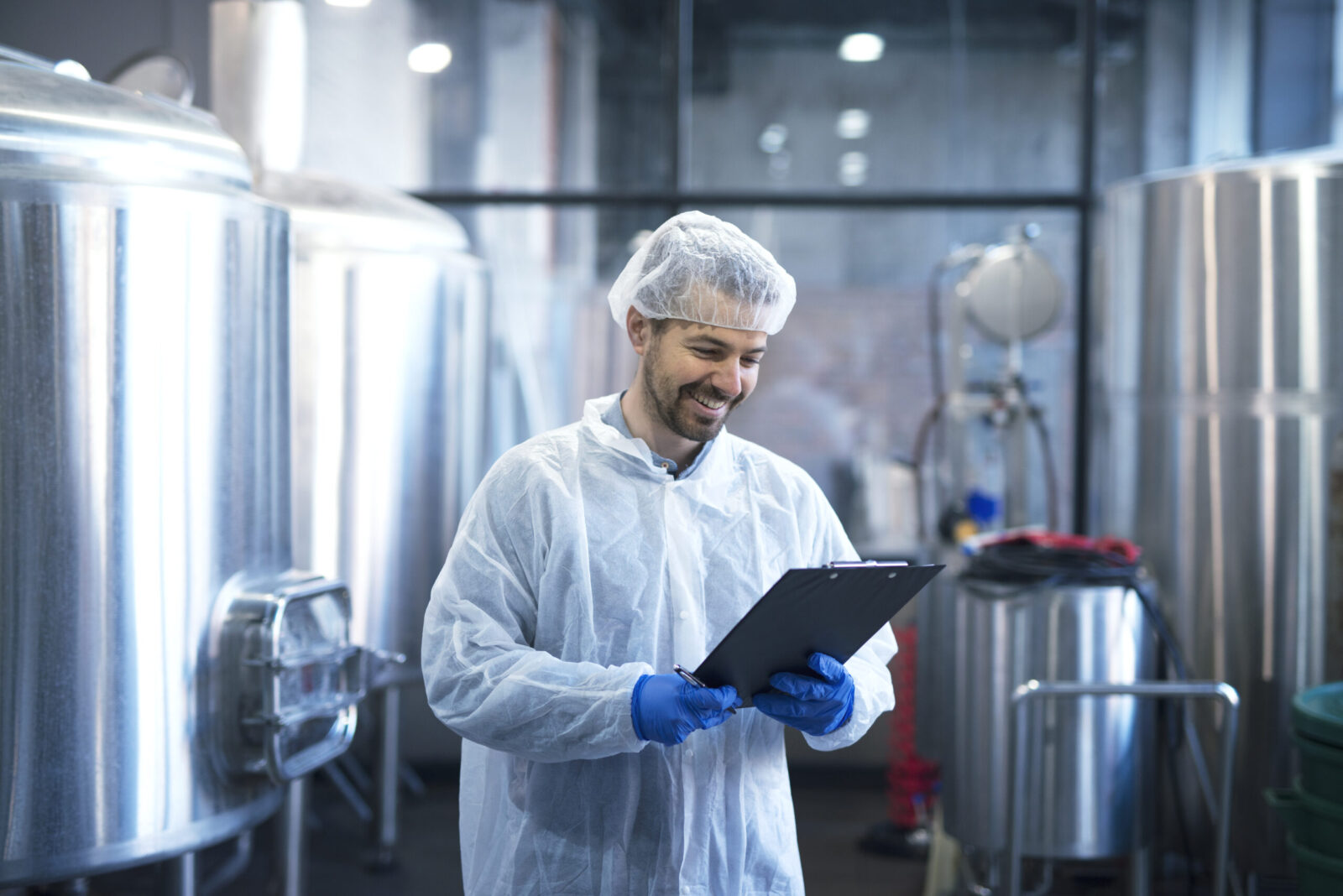
Get 20€ off on your first order!


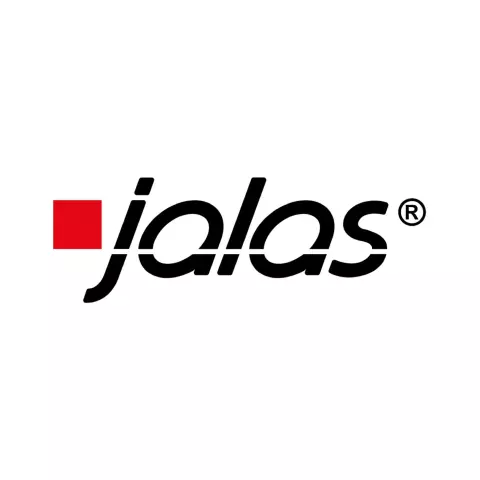
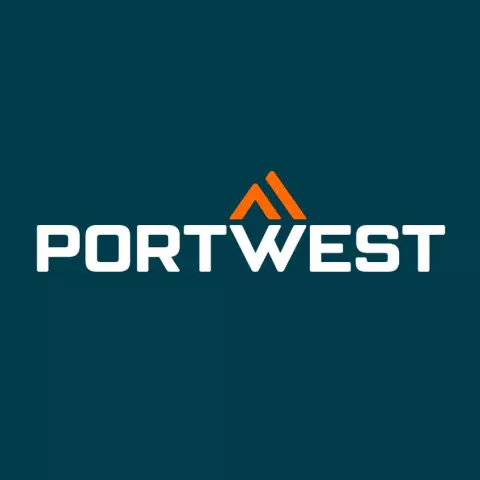

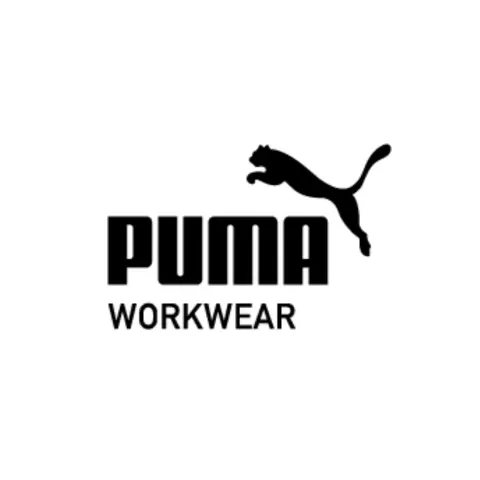




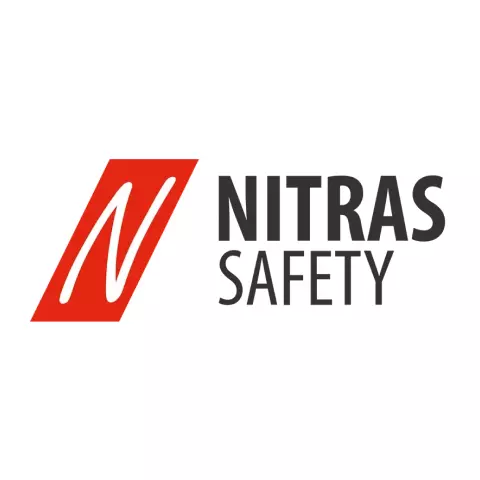




















Food safety in production is essential for safe, high-quality goods. Food makers must follow strict government and commercial requirements to prevent foodborne infections, which pose serious health hazards. The laws safeguard customers and assist manufacturers avoid costly recalls and retain their business image. In this article about food safety guidelines we will discuss FDA requirements, storage and handling, temperature control, and more to ensure food safety in production in this book.
Food safety in manufacturing ensures food safety for humans. This involves avoiding foodborne infections from bacteria, viruses, and poisons. Manufacturers must also ensure that food items are not contaminated with dangerous or undisclosed components.
Food safety in production requires company-wide cooperation. From receiving to delivery, everyone contributes to food safety. Everyone involved in food manufacturing must understand and observe food safety regulations.
Food safety in manufacturing requires preparation at every stage. To prevent food contamination, use clean tools and surfaces, prepare food at the right temperature, and store food appropriately.
Government and commercial organisations have several food safety guidelines. FDA food safety requirements are crucial to food manufacturing. The WHO, USDA, and commercial food safety certification organisations create other food safety rules.
Food regulatory authorities have effective food safety policies and standards to advise producers. These include:
Workers touch many germs daily. This bacteria can contaminate food if food contact surfaces are not cleansed and sanitised. This may be avoided by adopting basic hygiene habits like these:
The same criteria apply to food manufacturers that kill animals, although there are extra measures to consider, such as:
Food contamination happens throughout manufacturing. Foodborne infections can occur from improper food handling. Proper site storage and organisation are crucial. This applies to all food preparation steps. Avoid cross-contamination and other dangers by performing the following:
Maintain proper food temperature. To avoid bacteria growth, store food below 40°F.
Pork, beef, poultry, and seafood should be separated. Use separate knives and cutting boards.
Clean containers with lids prevent raw, prepared, and cooked meals from touching.
How dangerous compounds are stored is also important. Separate cleaning chemicals from food and surfaces. Toxic components include raw meat and poultry.
Food safety requires correct storage and cooking temperatures to prevent foodborne infections. The FDA recommends appropriate cooking and storage temperatures for food safety.
Foodborne diseases including listeria, salmonella, and others can be killed by proper cooking. Recommended food safety cooking temperatures:
The following principles for cooking at appropriate temperatures ensure food safety:
To inhibit microbe development, food must be refrigerated or chilled at particular temperatures. It’s necessary to learn food storage methods like these:
Water and ice may contain dangerous microbes and chemicals. Simple methods like properly selecting raw ingredients and ensuring food preparation water safety can reduce this. Here are some water safety tips:
Food quality should be checked from raw components to finished goods. This ensures foodborne dangers are detected and handled throughout. Manufacturers need a food safety management system to achieve this.
Food makers utilise a food safety management system to assure food safety. It involves setting food safety standards, establishing controls, and monitoring operations.
These recommendations can help you adopt food safety measures in your manufacturing facility:
A food safety team is a great first step in adopting food safety practices in your manufacturing facility. The food safety team should create and administer the food safety management system.
The food safety team should include production, quality control, and food safety staff. This will prioritise food safety throughout the company.
Educate staff on food safety. Training personnel on food safety best practices should be done routinely.
Employees should know how to handle food safety issues. They should also know food safety incident response. Audit food safety protocols regularly to verify staff compliance.
Food safety protocols must be monitored routinely to guarantee compliance. Regular food safety audits should reveal food safety violations. Additionally, check food safety records often to guarantee compliance.
Monitoring food safety practices’ influence on the company is crucial. This will reveal food safety violations. The food safety team should routinely assess and adjust the food safety management system.
Continuously improving food safety is crucial. This may be done by regularly upgrading the food safety management system. Food safety audits should also be done routinely to identify areas for improvement.
Manufacturing food safely is a statutory obligation and essential to generating high-quality food. Manufacturers can decrease contamination and foodborne diseases by following cleaning, storage, temperature control, and food safety management system recommendations. Food safety is prioritised throughout manufacturing through continuous improvement, audits, and personnel training. Using these methods builds customer trust and long-term food production success.
Thank you! You've signed up for our newsletter.









Introduction: Food safety is crucial in the food service sector, affecting public health, brand reputation, and corporate profitability. According to...

Introduction Food safety rules guarantee that the food we eat is safe and free of dangerous toxins, therefore safeguarding public...

Introduction Operations in food services have to guarantee food safety if they are to maintain consumer health and brand reputation....

Introduction: Food safety is crucial in the food service sector, affecting public health, brand reputation, and corporate profitability. According to...

Introduction Food safety rules guarantee that the food we eat is safe and free of dangerous toxins, therefore safeguarding public...

Introduction Operations in food services have to guarantee food safety if they are to maintain consumer health and brand reputation....
Get 20€ off on your first order!
Save 30% by buying directly from brands, and get an extra 10€ off orders over €100
Save 30% by buying directly form brands, and get an extra 10€ off orders over €100